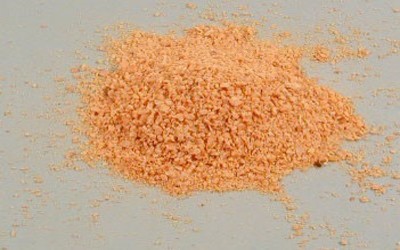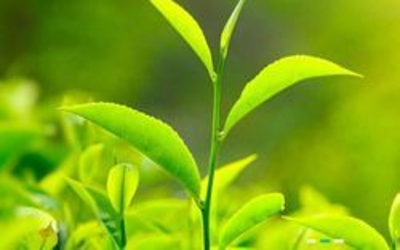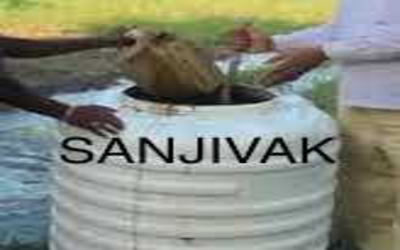Use: –
1. Use as a disinfectant
2. As a fungicide
3. Home remedies for black spots on rose bushes
4. Improve the Soil Health
5. Milk as a fertilizer
6. for the treatment of diseases in blossom end rot
7. control Soft-body insects like aphid
8. Milk and jaggery for your garden
Benefits of Milk Fertilizer: –
1. Milk is not only a good source of calcium for humans, but also for plants. The raw cow’s milk contains some nutritious properties for plants, which is also for animals and people. It contains beneficial proteins, vitamin B and sugar, that are good for plants. Along with this, they also improve their overall health and crop production. Micro-organisms feeding fertilizers of milk are also beneficial for soil.
2. Use calcium for smooth growth of plants. When the plants start getting stunts and do not grow in their full potential, then plants indicate a lack of calcium. Flowers bloom, which is usually called squash, which is seen in tomato and chili plants and caused by a lack of calcium. Growing plants with milk ensures that they will get adequate moisture and calcium.
3. We can use milk as effective pesticides for the aphids. Perhaps the best use of milk is for tobacco mosaic such as: – for reducing the transmission of virus in Mosaic leaf.
4. Milk has been used as an effective anti fungal agent, especially in the prevention of powdery mildew.
Drawback of milk fertilizer: –
There are also some drawbacks of milk fertilizers along with it’s benefits.
1. Using too much milk is not a good idea, because bacteria will get worse.
2. As a result there will be bad odour and poor growth.
3. The fat in milk can produce unpleasant odour.
4. Mild fungal organisms that breaks the structure of the colon leaves and milk, they can be aesthetically obnoxious.
5. Dried skim milk has been reported to induce black rot, soft rot and treatment has been done to motivate Alternaria leaf on the cruciferous crops. It is normal to see with some of these drawbacks, that the benefits are far more than any downsides.
Poonam Singh













